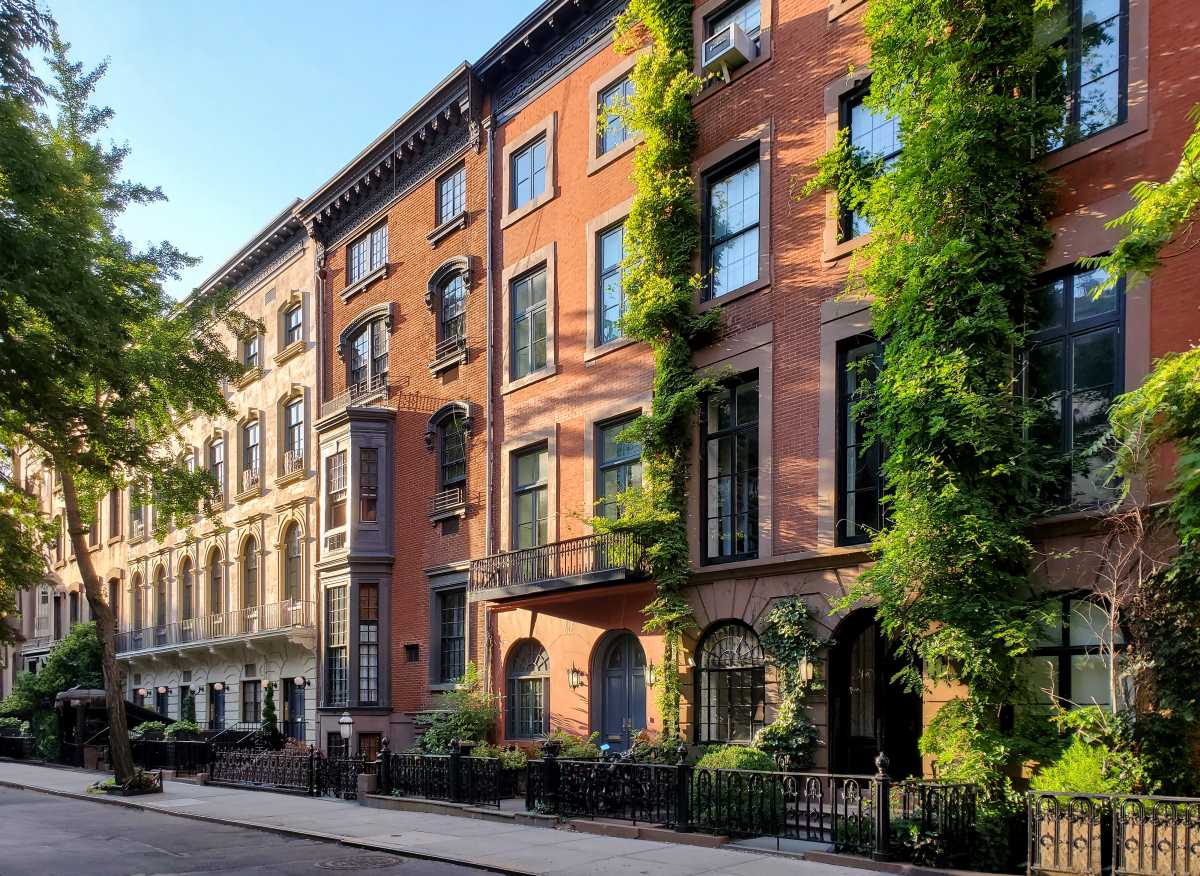BY GABE HERMAN | Local community groups and residents filed a lawsuit on March 22 against the city to stop the Two Bridges developments from going forward.
Among those who filed the suit in Manhattan Supreme Court are Lower East Side Organized Neighbors and Chinese Staff & Workers’ Association.
The suit echoes the argument in a December 2018 lawsuit brought by the City Council and Manhattan Borough President Gale Brewer. That earlier litigation said that the plans should not have been exempted from the public-review process known as the Uniform Land Use Review Procedure, or ULURP.

The City Planning Commission issued the exemption because it said the projects were “minor modifications” to the existing permit for large-scale residential development, or LSRD, in Two Bridges — the area between the Manhattan and Brooklyn bridges. That suit also said a deed restriction required at least one tower to be devoted to elderly and low-income people.
The planned development would include four new towers, including an 80-story building by JDS Development Group; 62- and 69-story buildings by L + M Development Partners and the CIM Group; and a 63-story tower by Starrett Group.
The suit filed on March 22 said the high-rise towers would not only alter the neighborhood’s character, but increase the pace of local gentrification.
“Petitioners assert that this Project presents the greatest challenge ever faced by residents who wish to keep Chinatown and the Lower East Side affordable,” read part of the lawsuit. “Simply put — they are afraid that the Two Bridges LSRD [large-scale residential development] spells the end of affordability for the neighborhood.
“The scale of these four towers, and the permanent negative impacts they will cause on air, sunlight, subway congestion and population density, as well as loss of open space,” the suit also said, “are at a minimum enormous changes to the Two Bridges LSRD.”
Activists and residents also rallied on March 22 on Centre St. outside the courts in support of the lawsuit.
Local artist Francisca Benitez was among those slamming the de Blasio administration over the planned behemoth buildings.
“We are not going to sit idle and look at how our beloved city is taken away and the public good is sold off for developers’ profits, and corrupted to make a very few accumulate even more,” she declared. “We fight against the dystopic future our city government is imposing on us.”
The developers jointly released a statement after the lawsuit was filed, saying the projects would create nearly 700 units of affordable housing. They also said $40 million would go toward upgrades to the East Broadway subway station, including making it handicap accessible; $12.5 million would be devoted to repairs for a local public-housing complex; and $15 million would be spent to upgrade three local parks.
“At a time when projects delivering tens of thousands of jobs and hundreds of millions in community investment are being opposed by anti-development sentiment across the city,” the developers’ statement said, in part, “it’s important to remember what’s at stake here, all proposed after years of community consultation, public review and environmental analysis, and in compliance with zoning that’s been in place for more than 30 years.
“We look forward to the swift resolution of this baseless lawsuit and to starting construction,” the developers’ statement said.
In a recent Villager opinion piece, Lynn Ellsworth, chairperson of the Tribeca Trust and president of Human-Scale NYC, argued against the projects, saying that the displacement of current residents they would cause would outweigh any affordable housing offered.
With reporting by Tequila Minsky





































